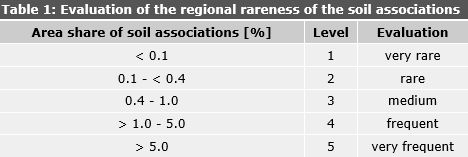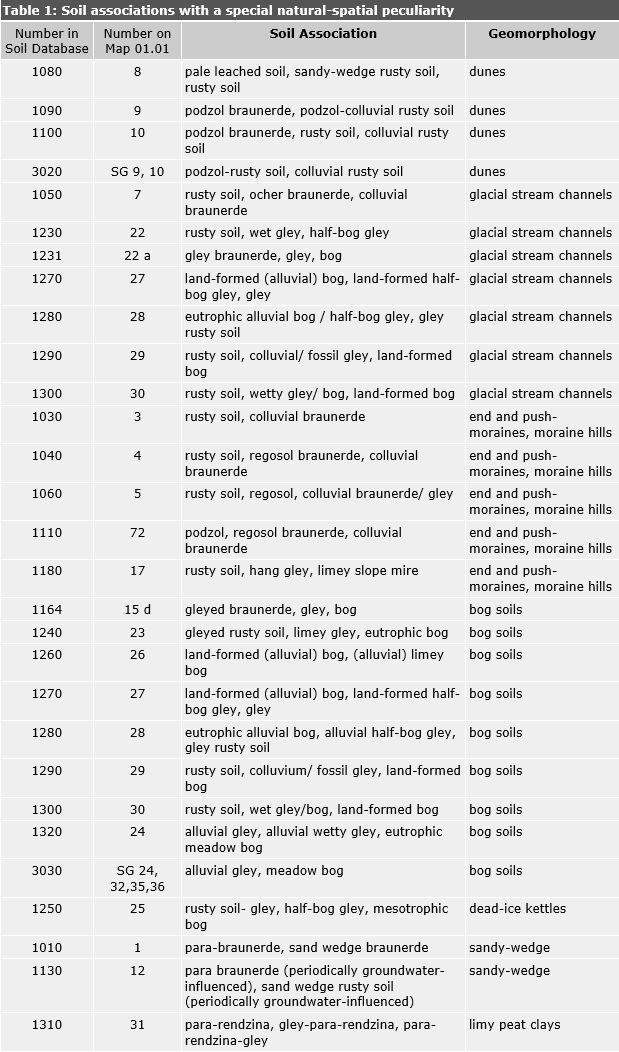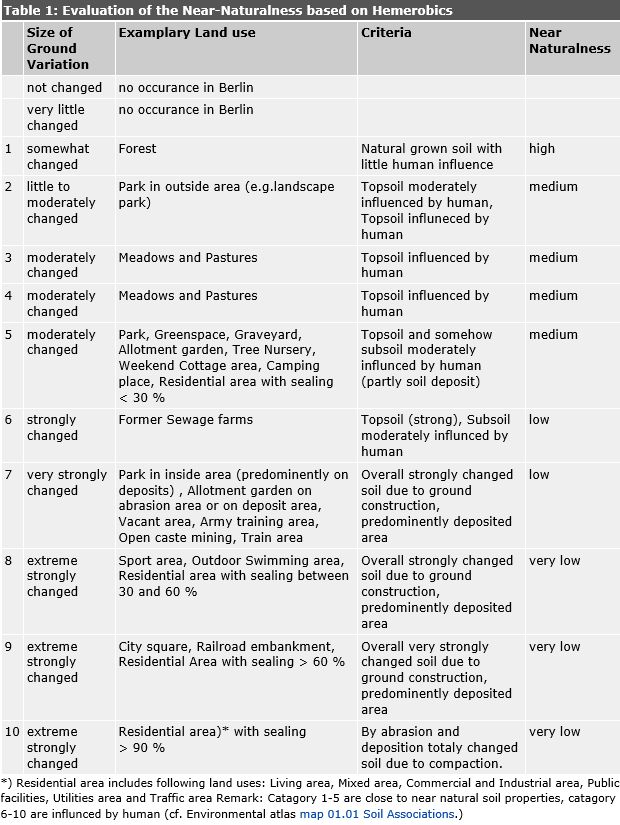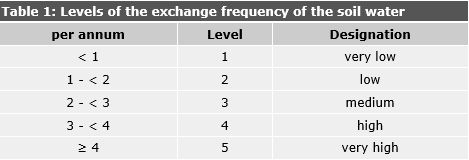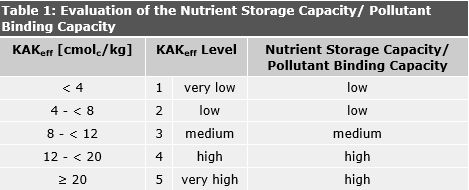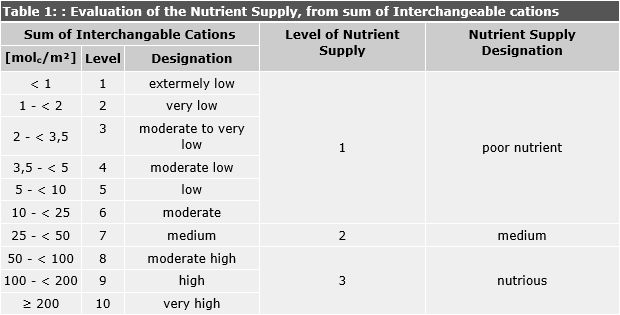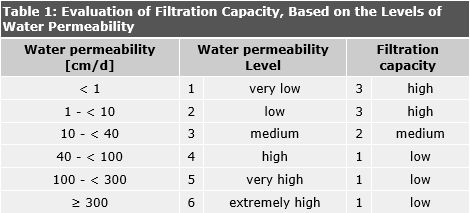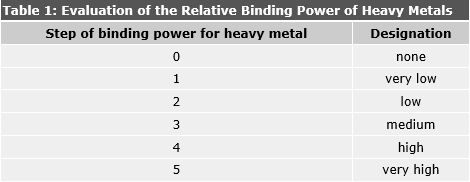01.11.1 Regional Rareness of Soil Associations
Description
In order to preserve great site variety, the goal is to safeguard the existence of as many different soil types as possible.
The criterion “rareness” was used to describe the spatial distribution of soil associations in the State of Berlin. Soils occur with varying frequency in the Berlin area. With the aid of the Soil Association Map, a survey of the distribution and hence the rareness or frequency of soil associations can be provided.
The less the relative area share of a soil association is, the more endangered it is, i.e., with the level of endangerment increases with the inverse of the area share.
The evaluation of rareness refers exclusively to soil associations and not to single soil types. Thus, rare soil types may occur in less rare or even relatively frequent soil associations, and vice versa.
Statistical Base
The data base for the determination of regional rareness is the Soil Association Map.
Methodology
The determination of the spatial shares of the single soil associations was carried out in reference to the land sections by means of the data available in the City and Environment Information System. Areas covered by roadways and bodies of water were not taken into account. The section sizes were summed up for each soil association, and compared with the total area observed. The result includes values for area shares of the respective soil associations as percentages of the total area.
The procedure represented by Stasch, Stahr and Sydow (1991) was selected for the evaluation of the rarity of soils. The evaluation was carried out according to the spatial occurrence of soil associations in Berlin.
The rarity of the soils was classified in five categories from “very rare” to “very frequent” (Tab. 1). The combined associations (cf. Map 01.01) were assessed as belonging to their component soil association with the lowest spatial distribution. The conceptual soil association2471 [49a] was classified in category “frequent”, like soil association 2470 [49].

